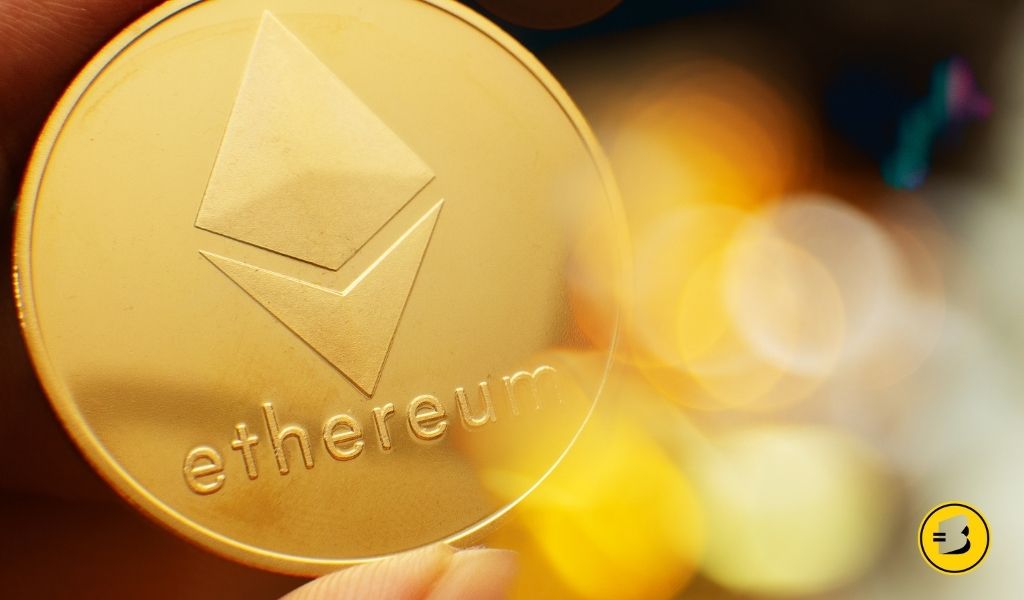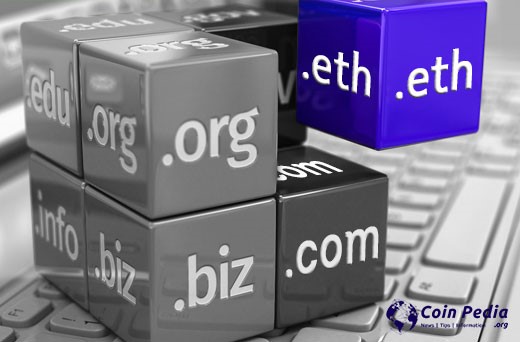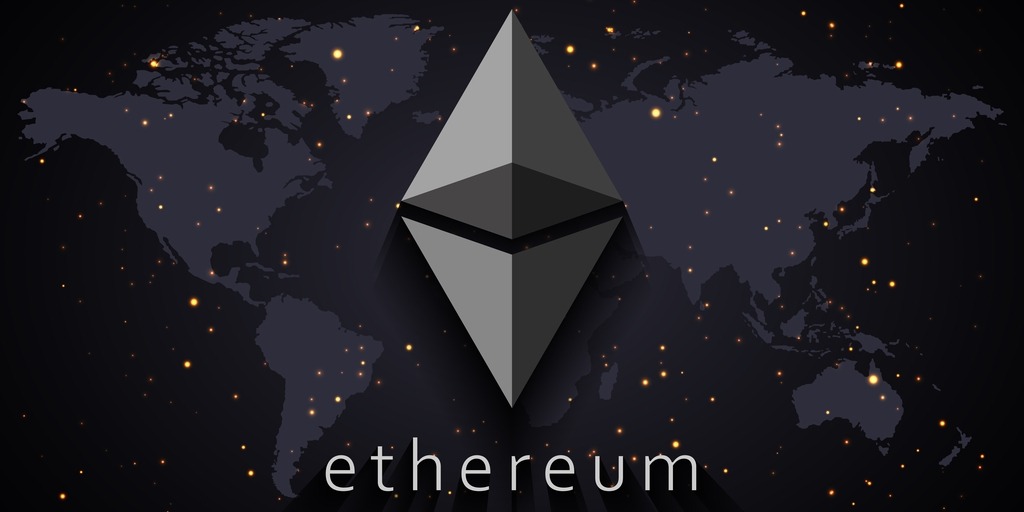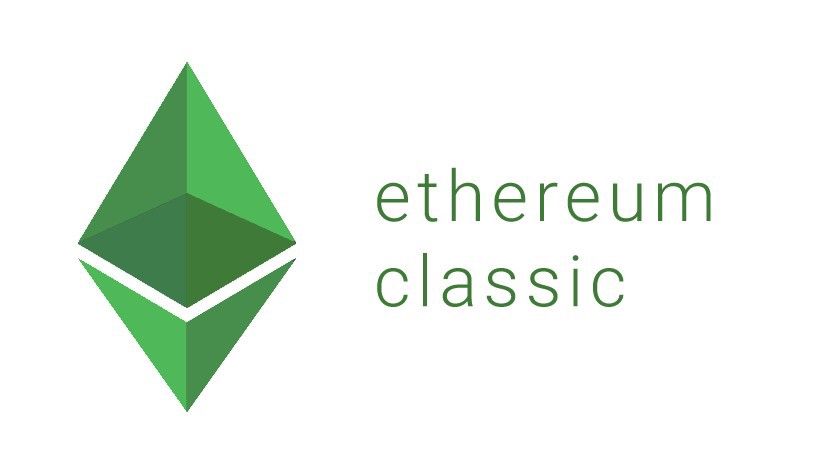$1B worth of ETH was burned for non-fungible tokens in early days of 2022
According to blockchain-based data researched by Nansen Analytics, over $1.096 billion worth of Ethereum (ETH) was burned in the past month. Most of this burning occurred when the EIP-1559 was introduced in August 2021 and a portion of fees is taken out circulation for every transaction conducted. Sending ether transactions are not costly, but performing more rigorous operations, such as creating non-fungible tokens through smart contracts requires a lot of gas.
From January-February, OpenSea transaction volume hit an all-time high at $3.5B, coming in at No.1 on a burn leaderboard with 65,778 ETH ($181.7M) burned in 30 days. The top two projects were token burns from Ethereum transactions and factivity on Uniswap (UNI), numbering 35,696 ETH ($98.6 million) and 24,223 ETH ($66.9 million), respectively.
However, due to Ethereum’s inflationary monetary policy that issues new ETH every year, there’s a chance that the supply of ETH will reach its maximum capacity only after it transitions the POW mechanism to POS.
Once this event takes place the total amount of new emissions will be less than that of token burns, resulting in a deflationary network. The PoM transition, “the merge”, will happen in the 2nd or 3rd quarter of this year. Before that, the network’s total hash rate has still managed to reach a new highest point. The Ethereum Foundation recently announced that they would be changing the name to a more appropriate one ‘ETH 2’. It will now be called the consensus layer.
Stay informed with daily updates from Blockchain Magazine on Google News. Click here to follow us and mark as favorite: [Blockchain Magazine on Google News].
Get Blockchain Insights In Inbox
Stay ahead of the curve with expert analysis and market updates.
latest from tech
Disclaimer: Any post shared by a third-party agency are sponsored and Blockchain Magazine has no views on any such posts. The views and opinions expressed in this post are those of the clients and do not necessarily reflect the official policy or position of Blockchain Magazine. The information provided in this post is for informational purposes only and should not be considered as financial, investment, or professional advice. Blockchain Magazine does not endorse or promote any specific products, services, or companies mentioned in this posts. Readers are encouraged to conduct their own research and consult with a qualified professional before making any financial decisions. The featured image used is just a creative depiction of the title and it does not intend to hurt sentiments of any person or institution. If it hurts anyone sentiments, please do not hesitate to reach out to Blockchain Magazine.

 Bitcoin
Bitcoin  Ethereum
Ethereum  XRP
XRP  Tether
Tether  Solana
Solana  USDC
USDC  Dogecoin
Dogecoin  Cardano
Cardano  Lido Staked Ether
Lido Staked Ether  TRON
TRON  Wrapped Bitcoin
Wrapped Bitcoin  Chainlink
Chainlink  Wrapped stETH
Wrapped stETH  Avalanche
Avalanche  Sui
Sui  Stellar
Stellar  Litecoin
Litecoin  Toncoin
Toncoin  Shiba Inu
Shiba Inu  Hedera
Hedera  LEO Token
LEO Token  USDS
USDS  Hyperliquid
Hyperliquid  Polkadot
Polkadot  WETH
WETH  MANTRA
MANTRA  Bitcoin Cash
Bitcoin Cash  Ethena USDe
Ethena USDe  Bitget Token
Bitget Token  Wrapped eETH
Wrapped eETH  Uniswap
Uniswap  Monero
Monero  NEAR Protocol
NEAR Protocol  Pepe
Pepe  WhiteBIT Coin
WhiteBIT Coin  Bittensor
Bittensor  Ondo
Ondo  Aave
Aave  Aptos
Aptos  Internet Computer
Internet Computer  Dai
Dai  Official Trump
Official Trump  Mantle
Mantle  Ethereum Classic
Ethereum Classic  OKB
OKB  Tokenize Xchange
Tokenize Xchange  Gate
Gate  sUSDS
sUSDS  Sonic (prev. FTM)
Sonic (prev. FTM) 




